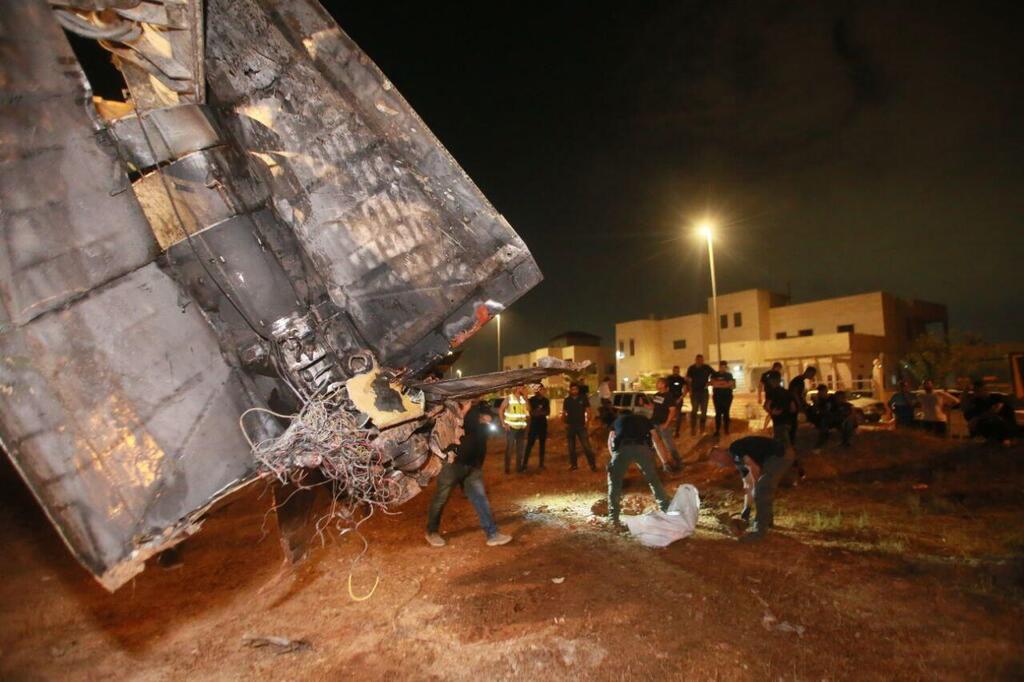Getting your Trinity Audio player ready...
The fallen remains in the southern Bedouin town of Rahat have been identified as an SA-5, an aging Russian missile in service for almost 60 years. The missile, capable of reaching a range of approximately 400 kilometers, (250 miles) was launched during an attributed attack by the Air Force. Although under constant monitoring by the IDF, the missile was not intercepted but rather identified as destined to explode in the air, which it did.
The IDF will probe the process involved in its decision-making in the course incident, well as how it determined whether components of the missile would cause harm, after its explosion.
The Syrian missile fire raises the possibility that the launch was not a mere accidental occurrence but a deliberate signal from Syria, that it could launch missiles deep into Israeli territory. The assessment is based on the fact that the attack originated from Western Syria, rather than the usual southern direction.
Syrian President Bashar al-Assad's recent statements vowing not to tolerate airstrikes on Syrian soil may have emboldened him, particularly considering the internal situation in Israel. Although the Syrians could have detonated the missile in the air before it reached Israel, it appears that the missile disintegrated on its own, without any instruction from the battery operators.
In response to the missile launch, the Israeli Air Force carried out an attack on the battery responsible for the incident. In previous instances, Russia supplied replacement batteries to the Syrian army, but this time the delivery of a new battery or its components may be challenging. Russia is currently engaged in the conflict in Ukraine and requires these batteries for its own operations, often utilizing SA-5 missiles as long-range surface-to-surface missiles.
Missile debris falls in Rahat
(Video: Roi Idan)
The SA-5 missile, or S-200, is designed to detonate near its intended target rather than making direct contact. If it fails to hit the target, the warhead, weighing several tens of kilograms, is programmed to automatically explode in the air. The missile is not effective against maneuvering targets and is primarily used to engage aircraft following a fixed trajectory, such as air control, reconnaissance, and surveillance planes. An enhanced variant of the missile is even capable of carrying a nuclear warhead.
Residents of Rahat discovered the substantial remnants of the anti-aircraft missile and promptly reported it to the police. Both the police and IDF engineering units are present in the city to secure the areas where the remnants were found. Authorities have urged residents to follow the instructions of the security forces and refrain from approaching the sites. Fortunately, no one was killed, wounded, or otherwise severely affected by the missile's impact in the southern region of the country.
"I was sitting in the living room, suddenly I heard a very loud boom, Sami Alkirnawi, a resident of Rahat, said. "I was in a panic. I got dressed, jumped up, and suddenly a friend told me that this long, heavy and huge missile fell in an open area," he said adding that he thanked God that it did not fall on a home and caused damage and injury.
"I want to convey a message here to all those who threaten the State of Israel: if it rains here, they will have a flood. No doubt."





